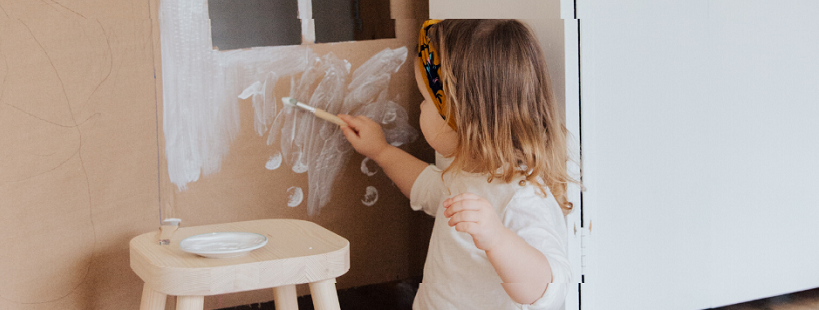Our journey taking a look at all the learning areas of early childhood education goes forward! This week we focus on the fourth area, Exploring and interacting with my environment.
.png)
This learning area is important for children's development as it gives children various tools for thinking and operating in our environment. The learning area "Exploring and interacting in my environment" includes also specific learning objectives that are listed below. It makes it easier for educators to plan activities when the specific learning objectives are listed clearly.
Exploring and interacting with my environment
This learning area focuses on mathematical thinking, technology, nature, and the environment. Children are encouraged to analyze, think and apply their knowledge. These are important skills in today's world and those skills are enhanced through playful exploration and experimentation. Children are encouraged to be curious, ask questions, look for answers, and make conclusions together in a team. Of course, children do this also spontaneously and it is part of their development, sometimes it seems that children's questions are never-ending and super tricky!
With mathematical thinking, children are encouraged to pay attention, especially to shapes and numbers. Children are helped to learn about numbers and quantities. Also measuring, comparing, building and causalities are part of this learning area.
Learning about the environment includes learning in the environment, learning about the environment + sustainable development, and doing good things for the environment. Nature (such as forests or beaches) and nearby built environments (such as parks or marketplaces) can be used as learning areas.
Technology education is a must in today's world. Children's relationship with technology starts developing quite early. As simple as observing a parent who is pressing buttons on the laundry machine or changing tv channels is part of technology education. Children can also, for example, practice simple coding and search for information from iPad.
Subscribe and get one free lesson plan a week!
Learning objectives one by one
Each Learning Area has its own objectives that work as a tool for educators' planning and assessment process. Below, you can find all the learning objectives for "Exploring and interacting with my environment".
Numbers
.png)
.png)

.png)
.png)